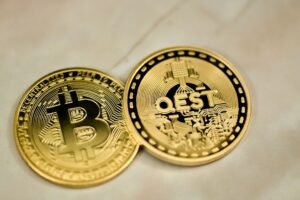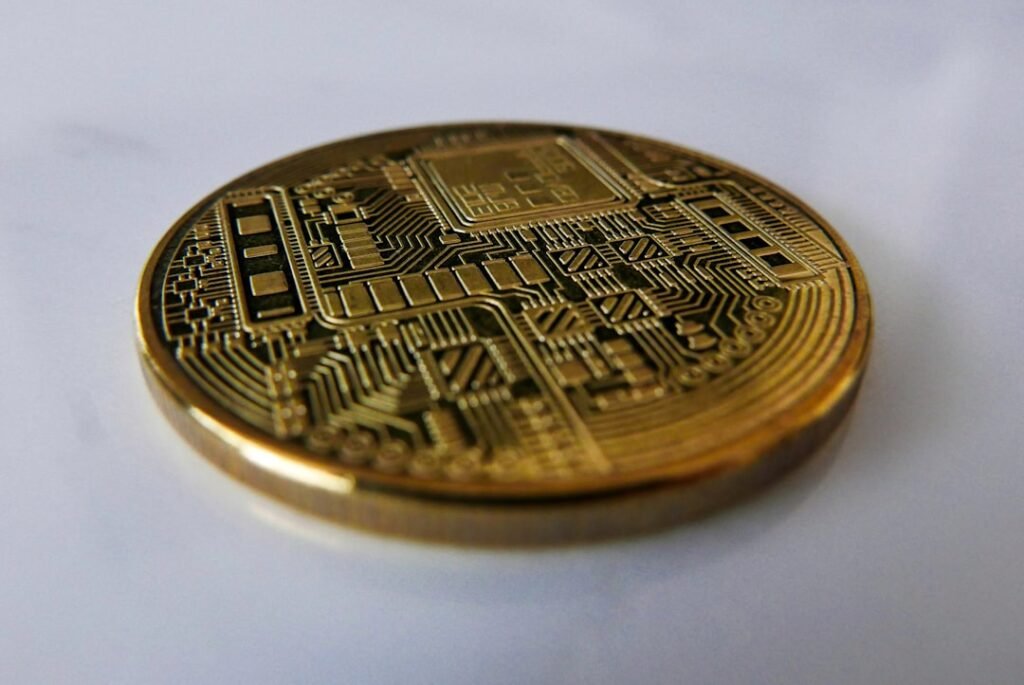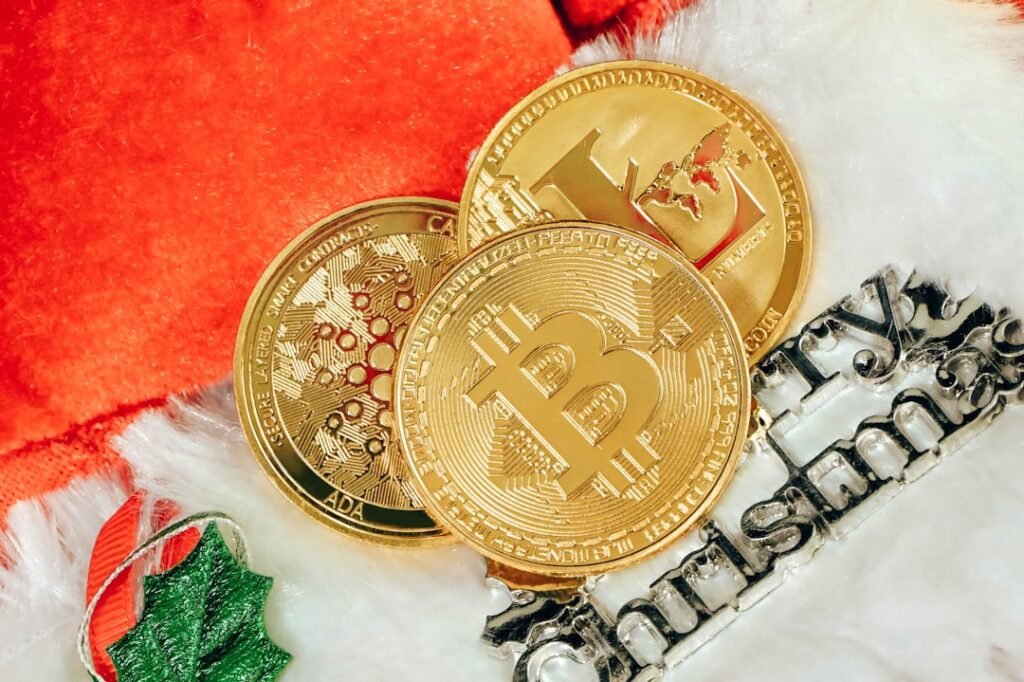Tokenomics: The Ultimate Guide to Evaluating Crypto Project Value
Blockchain projects live or die by their tokenomics – the economic blueprint governing how tokens function within their ecosystem. Forget hype and price speculation; tokenomics reveals whether a project has sustainable value or is destined for collapse. As regulatory scrutiny intensifies and institutional capital floods crypto, understanding token supply, utility, and incentives isn't optional – it's essential for survival.
What is Tokenomics? The Science Behind Crypto Economies
Tokenomics merges "token" and "economics" to describe the design principles governing a cryptocurrency's creation, distribution, utility, and management. It answers critical questions: How many tokens exist? Who controls them? What purpose do they serve? How are participants incentivized?
At its core, tokenomics is the DNA of a blockchain project. Ethereum's transition to proof-of-stake didn't just reduce energy consumption – it fundamentally reshaped ETH's supply dynamics through staking rewards and reduced issuance. Meanwhile, new projects experiment with hybrid consensus models and elastic supply mechanisms to stand out.
Poor tokenomics sinks technically brilliant projects. Well-designed token economics creates sustainable value.
Core Components of Tokenomics
Token Supply: Scarcity vs. Inflation
Supply mechanics directly impact value and longevity:
- Max Supply: The absolute cap on tokens (e.g., Bitcoin's 21 million). Uncapped supplies (like pre-EIP-1559 Ethereum) rely on other mechanisms to control inflation.
- Circulating Supply: Tokens actively tradable. Market cap = price × circulating supply.
- Inflation/Deflation:
- Inflationary models reward participation (e.g., staking rewards) but risk devaluation through oversupply.
- Deflationary models reduce supply via burns (e.g., Binance Coin's quarterly burns).
Projects like BNB demonstrate how burning tokens counteracts inflation – destroying over 48 million BNB since 2017, permanently removing them from circulation.
Token Allocation and Distribution
Who gets tokens matters as much as how many exist:
- Allocation: Division among stakeholders:
- Team/Founders (often with vesting schedules)
- Investors
- Ecosystem/Community funds
- Distribution:
- Initial sales (ICOs/IDOs)
- Ongoing releases (staking rewards, ecosystem incentives)
Red flags include excessive team allocations (>20%) or concentrated ownership. Uniswap's 2020 airdrop distributed 60% of UNI supply to users – a masterclass in equitable distribution that fueled adoption.
Token Utility: Beyond Speculation
Tokens must solve real problems:
- Governance: Voting rights (e.g., UNI holders decide Uniswap upgrades)
- المدفوعات: Covering transaction fees (ETH for gas)
- الرهان: Securing networks for rewards
- Access: Unlocking premium features
- Incentives: Rewarding desired behaviors (e.g., Helium hotspot hosting)
Without clear utility, tokens become valueless. Basic Attention Token (BAT) succeeds by tying utility to Brave browser's ad ecosystem – users earn BAT for attention, advertisers pay with BAT.
Incentive Mechanisms: Driving Behavior
Incentives align actions with network health:
- Proof-of-Work mining rewards
- Proof-of-Stake staking yields
- Liquidity mining in DeFi
- Airdrops for early adopters
Sui Network's delegated proof-of-stake system exemplifies aligned incentives: validators earn more for optimal performance, while underperformers lose rewards and delegated tokens.
Governance: Centralized vs. Decentralized Control
Governance tokens enable community-led decision-making:
- Centralized: Faster decisions but less transparency (e.g., early Binance governance)
- اللامركزية: Token-holder voting (e.g., MakerDAO's MKR votes)
Voter apathy remains a challenge. Protocols like Compound mitigate this by incentivizing participation with governance token rewards.
Vesting and Lockup Periods
These prevent destructive sell-offs:
- Vesting: Gradual release of team/investor tokens (e.g., 4-year linear vesting)
- Lockups: Temporary sale restrictions post-token launch
Projects without vesting risk "rug pulls" – developers dumping tokens post-launch.
Burn Mechanisms: Artificial Scarcity
Burning tokens (sending to irrecoverable addresses) reduces supply:
- Transaction fee burns (EIP-1559)
- Revenue-based burns (BNB's auto-burn)
- Deflationary rebasing (not recommended due to complexity)
BNB's burns have removed 48+ million tokens – equivalent to nearly $16 billion at peak prices – demonstrating how scarcity drives value.
Why Tokenomics Dictates Investment Success
- Value Determination: Tokenomics sets supply/demand dynamics. Dogecoin's infinite supply (10,000 new DOGE/minute) creates permanent inflation pressure.
- Sustainability Check: Uncapped inflationary tokens without utility (like pre-burn BNB) inevitably bleed value.
- Adoption Driver: Strong utility = organic demand. Ethereum thrives because ETH is required for all network operations.
- Risk Radar: Tokenomics exposes red flags:
- Whale concentrations (e.g., Stargate's auction dominated by two buyers)
- Opaque allocations
- Unsustainable yields (Bitconnect's 40%/month promises)
- Incentive Alignment: Properly structured rewards ensure long-term participation. Sui's validator incentives penalize poor performance while rewarding efficiency.
How to Perform Tokenomics Analysis: A 10-Step Framework
- Source Documentation: Scrutinize the whitepaper, tokenomics papers, and audits. SUI's detailed documentation outlines storage funds and gas mechanics.
- Analyze Supply:
- Identify max/circulating supply (CoinMarketCap/CoinGecko)
- Map release schedules (TokenUnlocks.app)
- Watch for cliffs (sudden large unlocks)
- Evaluate Distribution:
- Check team/investor allocations (Messari)
- Verify vesting periods
- Assess Utility:
- Does the token have essential ecosystem functions?
- Is demand tied to speculation or real use?
- Audit Incentives:
- Are rewards sustainable?
- Do they encourage desired behaviors?
- Review Governance:
- Is voting power decentralized?
- Are proposals actively debated?
- Examine Burns:
- Is there a burn mechanism?
- Is it tied to usage (e.g., fees)?
- Stress Test Sustainability:
- Will tokenomics function at scale?
- How does inflation impact long-term holders?
- Use Analytics Tools:
- Blockchain explorers (Etherscan)
- Token Terminal for revenue data
- Dune Analytics for custom dashboards
- Monitor Evolution: Tokenomics changes require reassessment (e.g., Ethereum's merge).
Case Study: SUI Tokenomics – Engineering for Scale
Sui's tokenomics showcase cutting-edge design:
- Capped Supply: 10 billion SUI
- Deflationary Mechanics:
- Storage fund locks tokens from circulation
- Deletion rebates incentivize data cleanup
- Gas Efficiency:
- Reference gas price prevents fee spikes
- Separate computation/storage fees
- Incentive Alignment:
- Validators earn more for high uptime
- Delegators profit from choosing quality validators
- Governance: On-chain voting for protocol upgrades
Risks remain – the Sui Foundation controls over 50% of tokens via the Community Reserve, raising centralization concerns.
Common Tokenomics Red Flags
- Excessive Founder/Investor Allocations: >30% allocations risk market manipulation.
- No Vesting/Lockups: Enables immediate dumps post-listing.
- Vague Utility: Tokens without clear purpose are speculative vehicles.
- Hyperinflationary Rewards: Unsustainable yields collapse ecosystems (see Terra-LUNA).
- Opaque Supply Data: Avoid projects hiding allocation details.
Essential Tokenomics Resources
- Data Platforms:
- CoinGecko/CoinMarketCap (supply metrics)
- TokenUnlocks (vesting schedules)
- DeFi Llama (emission rates)
- Analysis Tools:
- Dune Analytics (custom charts)
- Glassnode (on-chain data)
- Educational Content:
- "Token Economy" by Shermin Voshmgir
- Token Engineering Academy certifications
- Messari research reports
Mastering Tokenomics: Your Strategic Edge
Tokenomics separates enduring projects from fleeting experiments. Bitcoin's fixed supply creates digital gold. Ethereum's fee burns and staking build sustainable economics. BNB's burns and utility drive ecosystem loyalty.
The pattern is clear: projects aligning token mechanics with long-term goals thrive. Those prioritizing quick cash over economic design join Bitconnect in the graveyard.
Your advantage? Analyze tokenomics before the market does. Scrutinize allocations. Stress-test incentives. Demand transparent utility. In the algorithmic wilderness of crypto, tokenomics isn't just analysis – it's survival.











